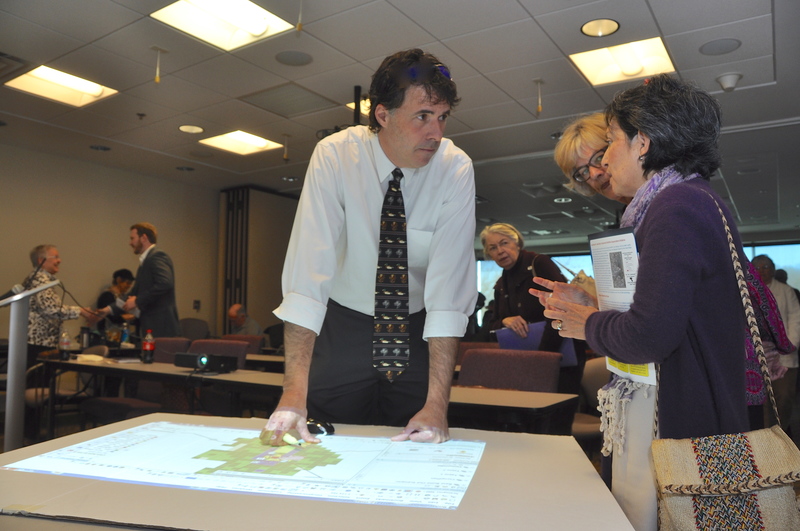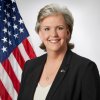Mention the phrase “land use” in Sussex County and it's sure to attract a crowd with varied opinions. That's exactly what occurred during the Sussex County League of Women Voters most recent forum on March 11.
The standing-room crowd listened as Ed Lewandowski explained land-use planning using the real-life scenario of a plan created for Bridgeville and Greenwood. Lewandowski, former Center for Inland Bays director, is a development specialist with the University of Delaware's Sustainable Coastal Coastal Communities Initiative: Enhancing Citizen Engagement in Participatory Planning Process.
Lewandowski called many land-use issues wicked problems – those without real solutions, with two many conflicting opinions and too much financial burden.
Solving this type of problem, Lewandowski said, requires input from all stakeholders. He said that's what the university's planning process revolves around.
Faced with meeting stricter federal environmental regulations because of the Chesapeake Watershed Implementation Plan, Bridgeville and Greenwood had to develop a master plan for future growth. The towns – which share a wastewater treatment plant in Bridgeville – can offset nutrient loads, but they cannot exceed existing nitrogen and phosphorus releases.
Lewandowski said the towns discovered they could not find enough land to dispose of wastewater through spray irrigation, nor could the towns afford needed infrastructure. “They scaled back to more reality,” he said.
In the end, he said, concessions had to be made. The towns' master plan revealed nitrogen levels could be reduced with better planning for growth, density and zoning.
After his presentation, Lewandowski was asked if a similar set of regulations was planned for the Inland Bays in eastern Sussex. “By law, no,” he answered, adding that state officials are talking about implementing some of the same strategies contained in the EPA's Chesapeake Initiative. “It makes sense to me to offset nutrient loads,” he said.
The updated process allowed town officials and residents to develop their own plan using new technology with assistance from university staff. Lewandowski said the computer-aided program allowed stakeholders to paint tiles of 100-acre grids on the landscape using varying zoning densities from rural areas to town centers. Data generated from the program includes tax revenue, school population, vehicle counts and wastewater generation.
Important features such as rail lines, wetlands, groundwater-recharge areas and 100-year flood plains can be plotted at the touch of finger tip, Lewandowski said. “It's what-if planning,” he said.
In addition, Lewandowski said, all of the data generated during the process could be used as the two towns update their comprehensive land-use plans.
Grants totaling $45,000 were used to work through the process, Lewandowski said.
Lewandowski said the university's land-use planning program could be used countywide because all numbers in the system are based on Sussex County data.
Lewandowski was asked what the take-away messages were from his presentation. “Be vigilant,” he answered. “Be aware and find ways to be engaged. Have a knowledge of the issues.”
He said people tell him all the time that they didn't know a particular issue was pending.
“We have lost the desire to act as a community; we need to return to acting as a community, and we need to have those community conversations,” he said.
The league's next forum – voting issues – is scheduled for 1 to 3 p.m. Tuesday, April 8, in the Beebe Medical Arts Building conference room on Route 24 near Rehoboth Beach.

















































